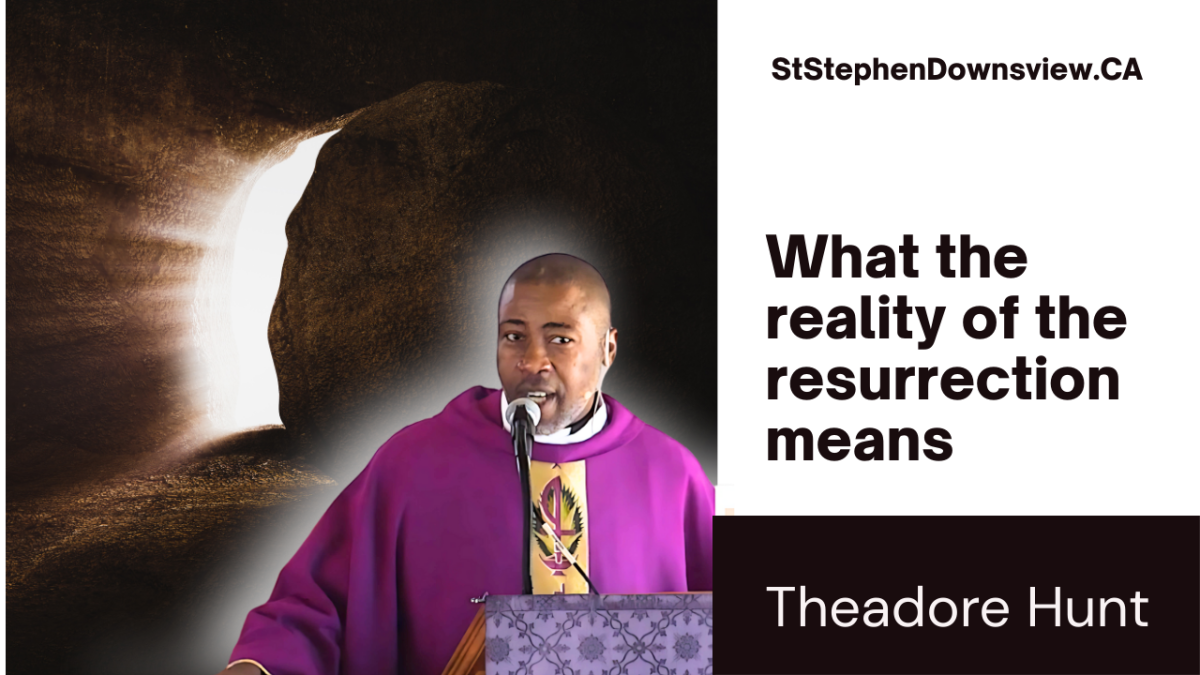 Welcome, everyone. It’s so good to see all of you as we gather on this Easter Sunday to commemorate the resurrection of our Lord. I want to share some reflections from Luke’s gospel. As you’ve heard in Luke chapter 24, verses 9 to 11, we see the account of the women discovering the empty tomb and the apostles’ initial disbelief. These stories are rich with lessons for our lives today.
Welcome, everyone. It’s so good to see all of you as we gather on this Easter Sunday to commemorate the resurrection of our Lord. I want to share some reflections from Luke’s gospel. As you’ve heard in Luke chapter 24, verses 9 to 11, we see the account of the women discovering the empty tomb and the apostles’ initial disbelief. These stories are rich with lessons for our lives today.
The Realness of the Gospel
Over the years, I’ve come to appreciate the authenticity with which the resurrection accounts are told. If you pay close attention to the text, you’ll notice there are no attempts to smooth out the rough edges. The realness is evident in the disciples’ misunderstandings and in their initial disbelief. As we reflect on these accounts, we see that they aren’t just carefully crafted tales but genuine parts of our history.
The Women at the Tomb
In today’s scripture, Luke tells us about the women who went to the tomb with spices, intending to prepare Jesus’ body. Despite hearing Jesus predict his resurrection, they expected to find his body there. Their confusion when confronted with the empty tomb is a testament to the unexpected nature of the resurrection event.
The First Proclaimers of Resurrection
An interesting aspect of this narrative is the role of the women as the first bearers of the resurrection news. In a patriarchal society, their testimonies weren’t given the same weight as those of men. Yet, Luke highlights these women: Mary Magdalene, Joanna, and Mary, the mother of James. Their experience challenges our own biases and invites us to see the extraordinary roles that seemingly ordinary people play.
Questions of Belief
The apostles were slow to believe the women’s account, which the text describes as seeming to them an “idle tale.” It prompts us to question: Are we, too, sometimes unwilling to believe truths that challenge us? Do we require the resurrection to meet our own burdens of proof before we accept its implications?
Implications of the Resurrection
What we believe about the resurrection matter. It’s not simply a message to be proclaimed but an event that changed human history. It challenges us to consider Jesus not just as a historical figure but as the living Christ who continues to impact the world today.
Conclusion
In our reflections this Easter, let us embrace the complexity and authenticity of the resurrection story. May it stir within us a deeper faith and a willingness to be transformed by its reality. As we remember that Easter morning, let us carry forward the hope and new beginnings that the resurrection signifies.
